Lab-grown diamonds?
What are lab-grown diamonds, really?
Lab-grown diamonds, also known as cultured or synthetic diamonds, are a remarkable feat of modern technology that replicates the natural diamond formation process in controlled laboratory environments. These dazzling gems are created using two primary methods: High Pressure High Temperature (HPHT) and Chemical Vapor Deposition (CVD). In the HPHT method, a tiny diamond seed is placed in carbon-rich conditions and subjected to extreme pressure and high temperatures, allowing carbon atoms to crystallize and grow around the seed, forming a larger diamond. On the other hand, in the CVD process, a carbon-rich gas is introduced into a chamber, and when activated with microwaves, the carbon atoms accumulate and form a diamond layer on a substrate. Both methods meticulously mimic the geological conditions under which natural diamonds are forged, resulting in lab-grown diamonds that are chemically, physically, and optically identical to their mined counterparts, but with the added advantage of ethical and environmental sustainability.
What about natural diamonds, what are they?
Natural diamonds, unlike their lab-grown counterparts, are formed deep within the Earth over millions of years through an extraordinary natural process. These precious gems are created when carbon atoms undergo tremendous pressure and heat within the Earth's mantle, causing them to crystallize into beautiful diamonds. The journey of natural diamonds involves volcanic eruptions that bring these precious stones to the Earth's surface, where they are mined, cut, and polished to reveal their breathtaking brilliance. Known for their rarity and timelessness, natural diamonds hold a special allure and have been cherished for centuries as symbols of enduring love and elegance. Their unique geological origin and the captivating stories behind each diamond make them cherished treasures that have captivated humanity's imagination for generations.
How comparable are the two?
Despite the differences in their origins, lab-grown and natural diamonds share many similarities. Both types of diamonds have the same crystal structure, and they are composed of carbon atoms arranged in a cubic crystal lattice. This results in a similar hardness, density, and refractive index between the two types of diamonds. In terms of appearance, lab-grown diamonds can be just as beautiful and sparkly as natural diamonds, with the added benefit of being available in a wider range of colors due to the ability to control the growth process. Additionally, both lab-grown and natural diamonds are graded using the same 4Cs criteria: carat weight, cut, color, and clarity.
Are there any differences at all?
One key difference between lab-grown and natural diamonds is the perception of their value. While lab-grown diamonds offer a more affordable and sustainable option for consumers, some still view natural diamonds as more valuable due to their rarity and association with luxury. However, as lab-grown diamonds become more prevalent and widely accepted, this perception may shift. Ultimately, whether to choose a lab-grown or natural diamond is a personal choice that depends on individual preferences and values.
Can I tell them apart?
In most cases, it is challenging to differentiate between a lab-grown diamond and a mined diamond based solely on their looks. Both lab-grown and mined diamonds have identical physical and optical properties, which means they exhibit the same brilliance, sparkle, and clarity. Gemologists and experts often use specialized equipment, such as spectroscopy or advanced imaging techniques, to distinguish between the two types accurately.
Can I know where my natural diamond came from?
Determining the exact geographic origin of a diamond requires specialized testing and analysis conducted by gemological laboratories or experts. In some cases, it might be possible to ascertain the general geographic origin of a diamond based on its unique characteristics, such as inclusions, trace elements, and growth patterns. Certain regions or diamond mines may produce diamonds with specific features, giving gemologists clues about the potential origin. To accurately determine a diamond's origin, it is essential to have it examined by reputable gemological laboratories or experienced professionals who specialize in diamond analysis. These experts use advanced techniques, such as spectroscopy and isotopic analysis, to provide valuable insights into a diamond's origin. Additionally, diamonds can come with certification, which might mention the rough diamond's origin, but this information is not always available for all diamonds in the market.
So, which type of diamond should I buy?
Both lab-grown diamonds and natural diamonds have their distinct attributes and allure. Lab-grown diamonds, crafted with cutting-edge technology, offer a sustainable and ethical alternative to mined diamonds while sharing the same physical and optical properties. They provide an appealing option for those seeking stunning gems with a reduced environmental impact. On the other hand, natural diamonds hold an unparalleled charm, born from the Earth's depths over millions of years, carrying with them a rich geological history and a timeless allure that has captured hearts for generations. Whether one chooses a lab-grown diamond for its conscious origin or a natural diamond for its enduring legacy, both options stand as exquisite expressions of beauty and love, allowing individuals to find their perfect gemstone match that resonates with their values and personal preferences.
What do we believe in at Nacisco Benephina?
To each, their own. Both natural and lab-grown diamonds are beautiful (and quite frankly, they look the same, though we can't deny that one is more prestigious than the other). When starting the company, we chose to sell both natural and lab-grown diamonds to offer a wider range of options to our clients. From our experience, some customers prefer the prestige and rarity of natural diamonds, while others appreciate the affordability and sustainability of lab-grown diamonds, which are just as pretty as their natural counterpart. By offering our customers both options, we hope to respect each person's preferences and values. And you can rest assured, at Nacisco Benephina you'll always know what you're getting before you even buy it. ❥
Lots of love ✰,
Team NB
Featured collection
-
14K Yellow Gold 1.10mm Diamond-Cut Forzentina Chain with Spring Ring
Regular price $195.00 USDRegular priceUnit price per$225.00 USDSale price $195.00 USD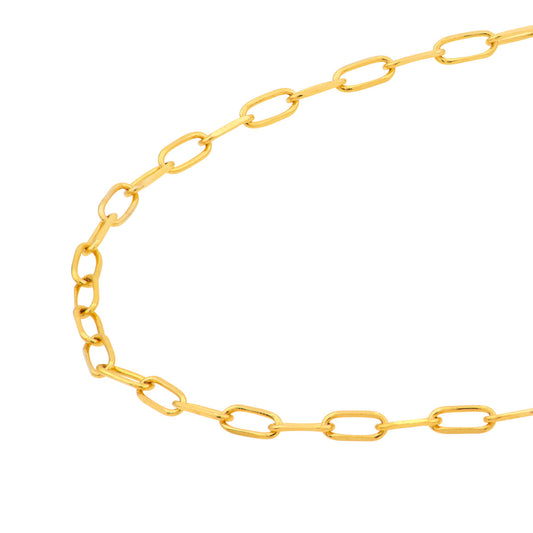
 Sale
Sale -
14K Two-Tone Gold Diamond-Cut Border Dangle Filigree Leaf Earrings
Regular price $375.00 USDRegular priceUnit price per$425.00 USDSale price $375.00 USD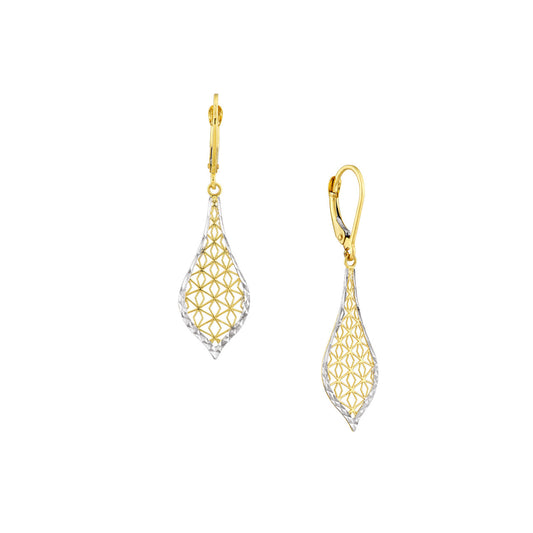
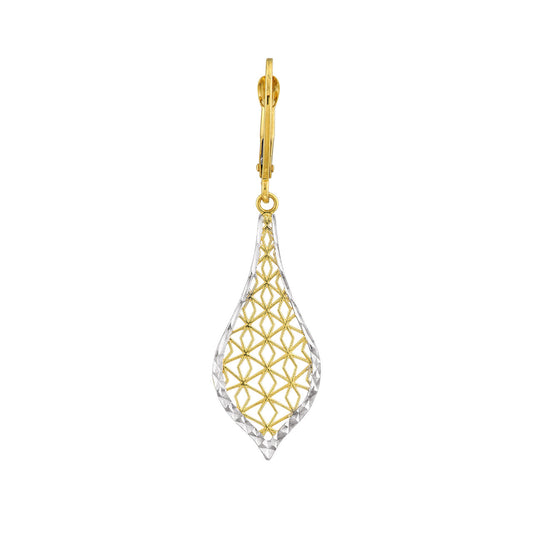 Sale
Sale -
14K Yellow Gold Pave Natural Diamond Starfish Necklace
Regular price $1,215.00 USDRegular priceUnit price per$1,295.00 USDSale price $1,215.00 USD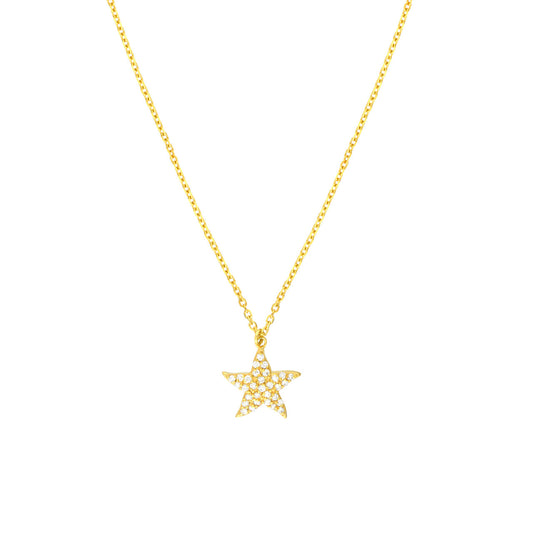
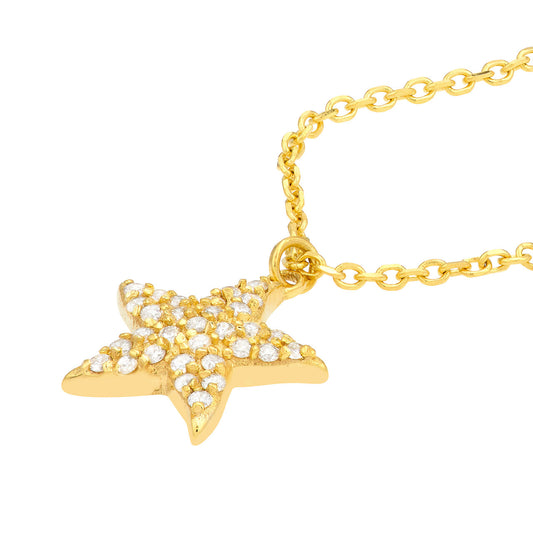 Sale
Sale -
14K Yellow Gold Natural Diamond Moon with Star Dangle Necklace
Regular price $1,485.00 USDRegular priceUnit price per$1,615.00 USDSale price $1,485.00 USD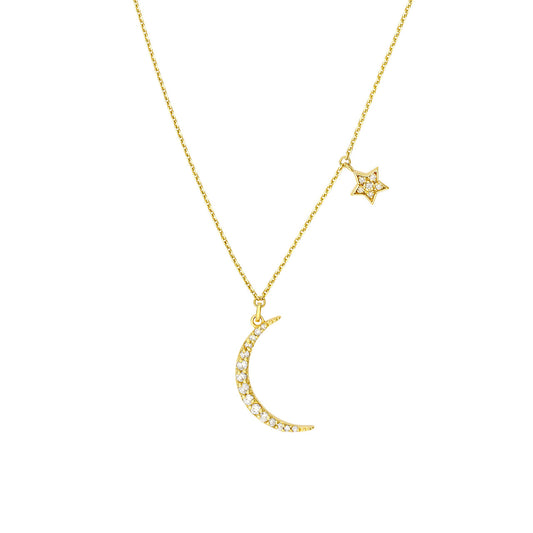
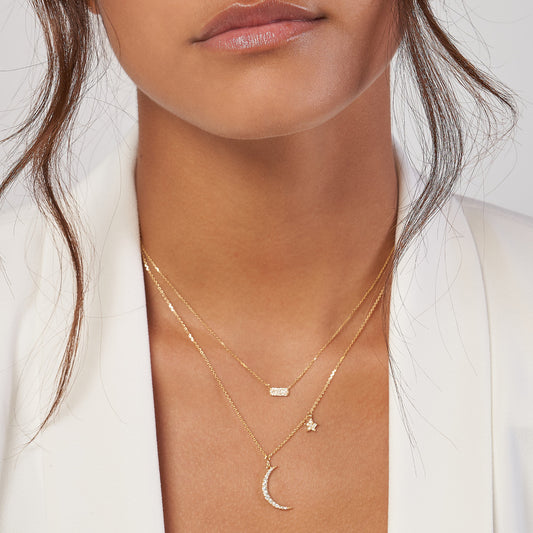 Sale
Sale -
14K Yellow Gold 2.50mm Hollow Diamond-Cut Box Bismark Bracelet
Regular price $325.00 USDRegular priceUnit price per$365.00 USDSale price $325.00 USD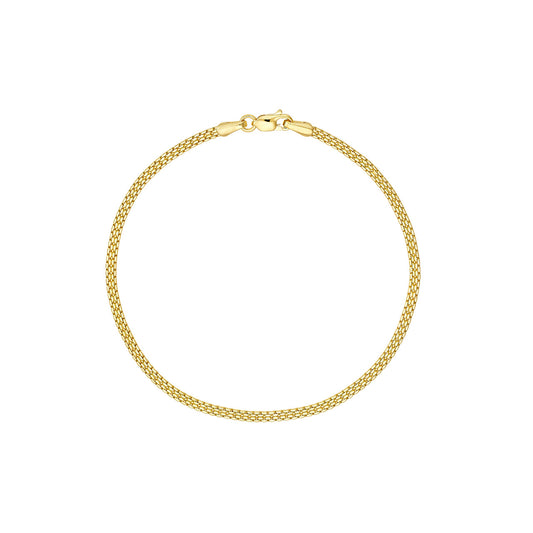
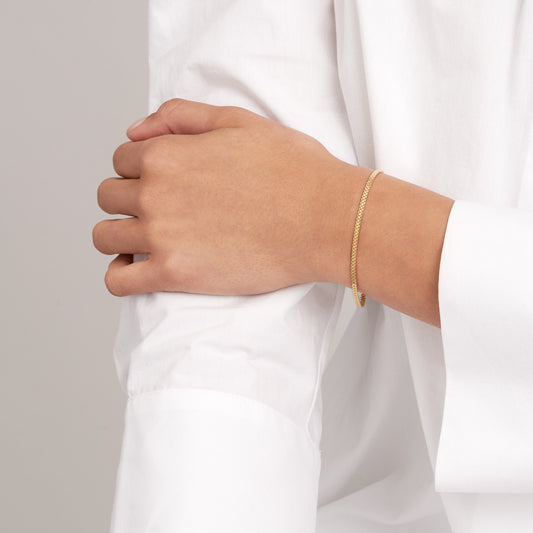 Sale
Sale
 Log in
Log in











